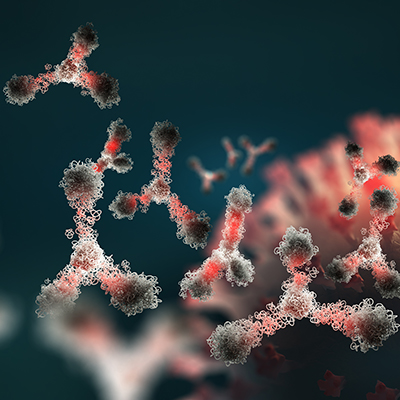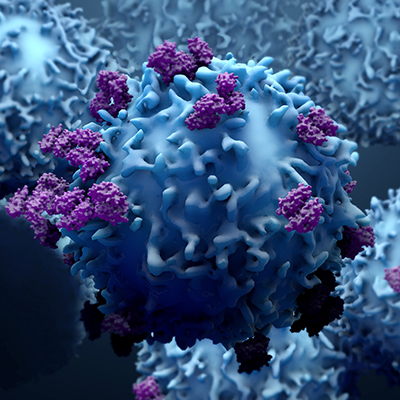March 11, 2021 -- Researchers have developed a method to study the specialization of T cells in the context of acute versus chronic infections. They found that T-cell responses can vary based on receptor signal strength and the persistence of infection in a study published in eLife on March 8.
Antigen-specific T cells respond to infection or vaccination by undergoing clonal expansion and differentiation into effector cells with specialized functions. The process begins with T-cell receptor (TCR) recognition of peptide/major histocompatibility complex or antigen presenting cells leading to the division of CD4 T cells (effectors) into T-helper cells -- type 1 T helper (Th1) or T follicular helper (Tfh) cells.
Th1 cells potentiate CD8 T cell and macrophage cytotoxicity, whereas Tfh cells support antibody production by signaling B cells. The balance between Th1 and Tfh cells has major implications for inflammatory immune responses by the body.
How does a T-helper cell decide whether to become Th1 or Tfh?
Previous research has shown that the strength of TCR signals can push T-helper cells toward the Th1 or Tfh phenotypes. There are conflicting data over whether higher TCR signals lead to strictly Th1 cell differentiation or if a Tfh cell can be produced over a range of TCR signals.
It has been difficult to study the role of TCR activation due to a limited number of TCR transgenic systems as well as lack of immunization and infection models. In the current study, a team of researchers from the University of Basel, led by Carol King, PhD, determined that in order to study these cells, the team would need to generate novel transgenic/retrogenic TCR strains or recombinant pathogen strains.
Developing a model to study T-cell differentiation
The new study is based on a method the University of Basel researchers developed to systematically compare the differentiation of TCR transgenic T cells responding to variant ligands in two distinct infection models: acute and chronic.
The team mutated the lymphocytic choriomeningitis virus (LCMV) to activate the TCR at three levels: strong (GP61), intermediate (V71S), or weak (Y72F). The team also used two different types of LCMV: one that leads to acute infections (rLCMV Armstrong) and one that leads to chronic infections (Clone-13).
The variants were introduced by a single amino acid mutation into the GP61 envelope glycoprotein sequence of both strains. Then the strains were used to assess the dynamics and differentiation of T cells in both acute and chronic infection settings.
TCRs play an opposing role, depending on the type of infection
The team found that TCR signal strength has an opposing effect on the balance between Th1- and Tfh-cell differentiation. Strong activation of TCR in the acute infection model led to more inflammatory Th1-effector cells, whereas strong T-cell activation in the chronic model was more biased toward Tfh cells.
"The reason behind this could be an evolutionary adaptation of nature to protect its own body," explained first author Marco Künzli, a PhD student at the University of Basel. "If too many inflammatory Th1 cells are produced for too long during chronic infections, this would harm the body's own organs in the long run."
Another interesting finding from the study was that weak activation of Th1 cells could remain functional longer in chronic infection compared to if they were activated by a strong TCR signal. Therefore, T-cell fate may at least partially be due to high or low antigen load during infection. This strategy may help the body counteract Th1 "fatigue" during chronic infection with a prolonged immune response.
"Our results add a piece to the puzzle of T-cell exhaustion and might -- as a first step -- contribute to new approaches in treating chronic viral infections," said King, summarizing the significance of the findings.
Do you have a unique perspective on your research related to immunology? Contact the editor today to learn more.
Copyright © 2021 scienceboard.net









